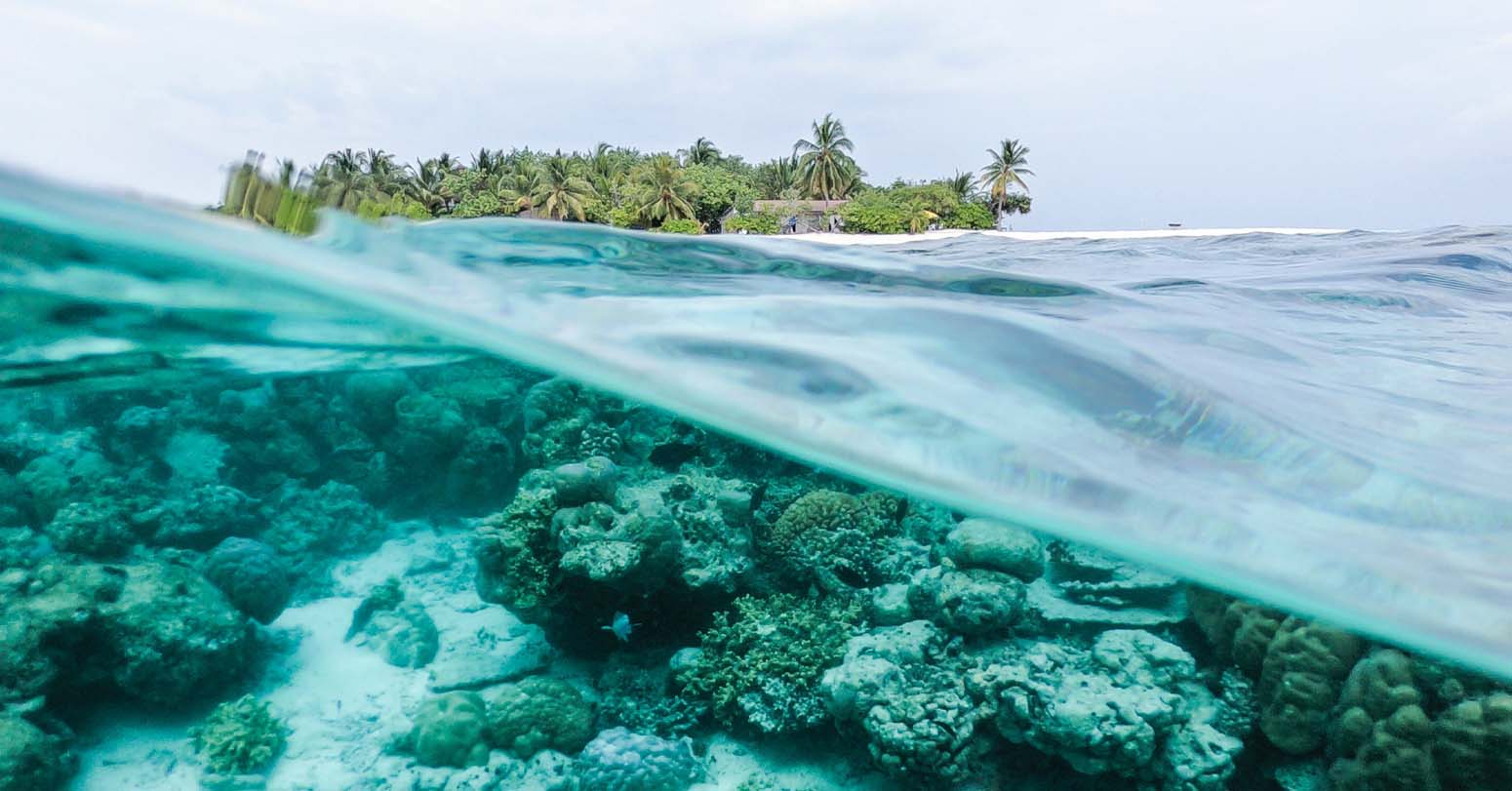
An Australian research has found that corals must be within meters of each other to successfully reproduce, leaving them vulnerable to climate change.
The research team, led by Peter Mumby from the University of Queensland (UQ), measured the success of a coral spawning event over two nights in March 2024, according to a news release on UQ's website on Tuesday.
They found that corals needed to be within 10 meters of each other, and preferably closer than that, for fertilization to reliably take place.
"We knew corals couldn't be too far apart, but we found they need to be closer than we'd expected," said Mumby.
Fertilization averaged 30 percent when corals were within half a meter of each other, but the rate declined rapidly to less than 10 percent at a separation of 10 meters and virtually zero at 15 to 20 meters.
"Climate change impacts like bleaching are killing and reducing the density of corals, so we're concerned that individuals may end up too far apart to reproduce successfully," said Mumby.
Co-author Christopher Doropoulos from the Commonwealth Scientific and Industrial Research Organisation (CSIRO), Australia's national science agency, said that intervention may be needed in the future to boost coral density to enable successful reproduction.
The study was partly funded by the Australian government's Reef Restoration and Adaptation Program (RRAP), a global leader in coral reef restoration.
Mumby said that work on the Great Barrier Reef through the RRAP over the last five years is helping set targets for coral density to help maintain healthy populations.
-XINHUA
















Middle-aged man spends millions to
Dr. Dharam Raj Upadhyay: Man
Children, Greatest Victims Of Sudan’s
Breathing The Unbreathable Air
Comprehensive Data Protection Law Critically
Gender Differences In Mental Healthcare